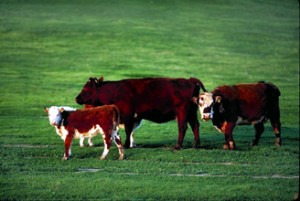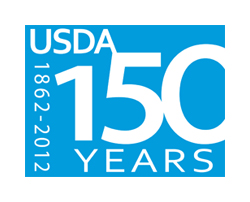California’s approach to pests and diseases is as complex as the problem itself, but perhaps the most important element of our efforts is prevention. Prevention projects in California and throughout the nation have been given a much needed boost from USDA Secretary Tom Vilsack, who has just announced his agency will support 321 projects with $50 million in funding from the 2008 Farm Bill (see the press release: http://www.aphis.usda.gov/newsroom/2012/05/pest_disease_funding.shtml).
Our border stations intercept thousands of illegally transported plants, fruits and other commodities that would otherwise pass uninspected; our detector dog teams scour package facilities for unmarked or otherwise prohibited shipments that could introduce infestations in our state; and we employ a comprehensive system of pest traps, surveys and inspections to detect invasive species as soon as possible if they do make it in. And when we do have to control or eradicate an infestation or outbreak, our decisions are guided by the principles of integrated pest management. Each of these elements must help us fulfill our mission protect agriculture while also preserving our environment.
California’s pest prevention efforts include detector dog teams working in package shipping facilities.Examples of specific projects funded by USDA include a nationwide survey of honey bee pests and diseases, the monitoring of high-risk international and domestic pathways for invasive species, applied research to combat citrus pests, the development of detector dog surveillance programs in certain high-risk agricultural states, and targeted invasive species public outreach. The FY 2012 funding plan, list of selected projects, and general feedback are posted at http://www.aphis.usda.gov/section10201.
California’s projects total more than $15 million. They fall under categories including pest and disease surveys, detection technologies, diagnostic capacity building, taxonomic support, nursery certification programs, systems approaches for nursery production, outreach and education, producer/first detector training, applied mitigation R&D, and preparation (early detection). Specific projects include support for California’s detector dog teams; surveys for exotic pests such as khapra beetles and exotic wood-boring and bark beetles; development of attractants that will aid in the trapping of pests; digital training/screening/identification tools; development of best management practices (BMPs) for nurseries; enhanced molecular diagnostics for fruit flies; and research and outreach to protect forests, landscaps and ornamentals.
We are proud of California’s efforts to prevent, detect and respond to invasive species. These funds will improve and extend our ability to protect California’s agriculture, environment and habitat. I encourage you to use the links above to peruse the various projects that we wll now embark upon as we put this very important piece of the Farm Bill into action.









